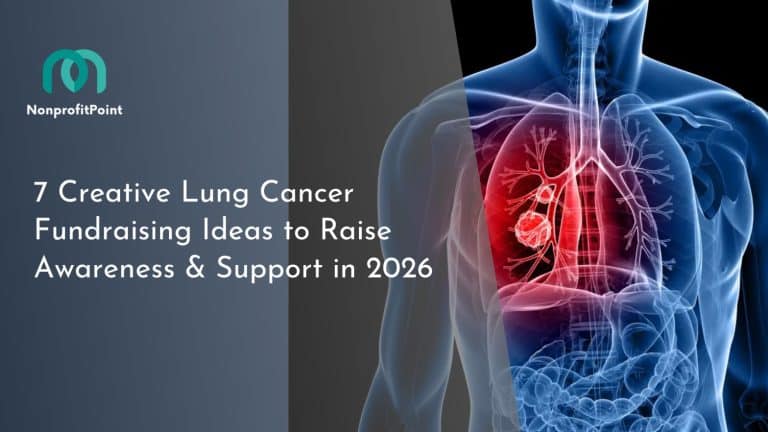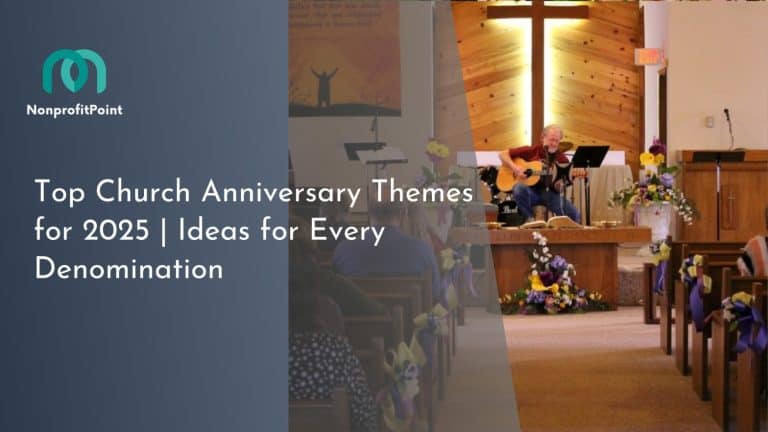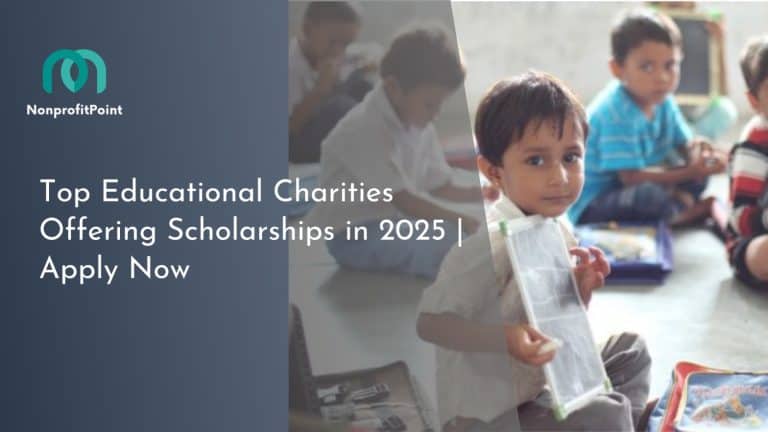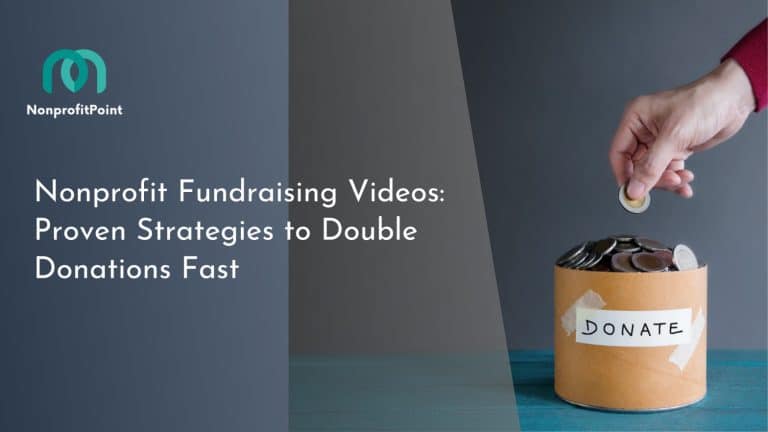Ultimate Guide to Donor Events in 2025: Plan, Engage & Succeed
Donor events in 2025 are more impactful than ever, blending technology and personal connections to boost fundraising and donor retention. Here’s what you need to know:
- Hybrid Events Dominate: Combining in-person and virtual formats increases revenue by 40%.
- Tech-Driven Engagement: AI tools improve donor retention by 35%, and mobile optimization speeds up donations by 65%.
- Personalization Matters: 72% of donors expect tailored experiences.
- Key Metrics to Track: Retention rates, attendance, and real-time giving impact are essential for success.
Quick Tips for Success: Set clear goals, allocate budgets wisely (25-30% for tech), and use interactive tools like AR and VR to engage donors. Post-event follow-ups within 48 hours are critical for maintaining donor relationships.
Want to plan a standout donor event? This guide covers everything from setting goals to leveraging cutting-edge tools for maximum impact.
How to Get The MOST Out of Fundraising Events
Step-by-Step Event Planning Guide
Planning donor events in 2025 means combining traditional approaches with modern digital tools. Today, successful event planning relies on data-driven insights and technology while still prioritizing personal relationships.
Setting Goals and Success Metrics
Align your event goals with your organization’s overall strategy. Look at your yearly plan to pinpoint the metrics that matter most. For example, if increasing monthly donations is a priority, include event elements that highlight your sustainer programs.
Here’s how to set specific and measurable targets:
| Metric Type | Target Example | Industry Benchmark |
|---|---|---|
| Attendance Rate | 85% confirmed guests | 70% average [6] |
| Fundraising | $65k vs $50k goal | 40% above target [2] |
| Donor Retention | 70% post-event giving | 70.6% give once without proper engagement [5] |
| Engagement | 50-55% increased giving with gamification | Industry standard [4] |
Budget Planning and Spending
Allocating your budget wisely is just as important as setting goals. In 2025, successful donor events balance spending on traditional needs and digital tools. Here’s a common framework:
| Budget Category | Allocation | Key Components |
|---|---|---|
| Tech Infrastructure | 25-30% | Streaming and bidding platforms |
| Venue & Logistics | 25% | Core logistics |
| Engagement Tools | 30% | Interactive technology |
| Marketing | 20% | Multi-channel promotion |
| Contingency | 10% | Unexpected needs |
To manage costs, consider working with corporate sponsors for venue expenses or using free tools like Canva for marketing materials. Investing in tech infrastructure ensures you can deliver the interactive elements your audience expects.
Event Planning Schedule
Timing is everything when it comes to event execution. Here’s a timeline that follows proven best practices:
9-12 Months Before:
- Secure the venue and key vendors
- Outline technology needs
- Begin reaching out to sponsors
6-8 Months Before:
- Finalize streaming partnerships
- Conduct donor segmentation analysis
- Develop your engagement plan
3-4 Months Before:
- Kick off marketing campaigns
- Set up donation platforms
- Start VIP donor outreach
1 Month Before:
- Test all tech integrations
- Train staff on using digital tools
- Finalize the event schedule
Post-Event (48-72 Hours):
- Send personalized thank-you notes
- Gather attendee feedback
- Review engagement data
AI tools can now handle 40% more queries efficiently [6], while predictive analytics help identify donors who have attended multiple past events, allowing for focused follow-ups [7]. This approach ensures a seamless mix of digital and personal engagement, which is key to donor events in 2025.
Modern Donor Events and Engagement Methods
Once timelines and budgets are locked in, the next step is choosing event formats that align with 2025 engagement trends. Donor events today often combine physical and digital elements to connect with audiences more effectively.
Running Mixed In-Person and Virtual Events
Hybrid events continue to play a key role, especially when physical and digital participation are seamlessly integrated. Synchronized auctions, for example, are proving to be highly effective in these formats.
Key features of successful hybrid events include virtual exhibit halls, which see a 67% retention rate [6], and mobile-friendly platforms that enhance accessibility and participation.
Interactive Event Concepts
Donor events are increasingly using immersive technologies to leave a lasting impression. Tools like VR and AR offer new ways to showcase impact and engage attendees.
One standout example comes from a children’s literacy organization. They used AR displays to show live book distribution stats, which led to a 35% increase in sustainer sign-ups [3][8]. This approach tied directly to their 70% donor retention goal. Their “impact stations” allowed donors to scan QR codes and instantly see the effects of their contributions.
“The integration of AR technology transformed how our donors connect with our mission. Seeing real-time impact metrics created an immediate emotional connection that traditional presentations simply couldn’t match.” [3]
Building Pre-Event Interest
Pre-event engagement is now a critical factor in boosting attendance and participation. Research shows nonprofits using multi-channel campaigns before events achieve 65% attendance rates, compared to the industry average of 45% [1][2].
Some of the most effective strategies for 2025 include:
- Personalized video invitations, which lead to 50% more RSVPs.
- Social media countdowns featuring compelling impact stories.
- Donor-driven polls to shape event experiences.
Specialized firms like Happy Productions are helping organizations succeed with video-based strategies. For those on tighter budgets, tools like GivePanel offer free gamification options to build excitement. For instance, a community organization raised $15,000 through a gamified campaign where donors unlocked puzzles based on contribution levels [3][4]. This approach aligns with gamification benchmarks showing 50-55% higher engagement rates.
Schedule a free consultation with nonprofit video expert
At Happy Productions, we help nonprofits use video to create volunteer spotlights.
Schedule Free ConsultationEvent Technology Guide
Modern technology has transformed how events are planned and executed, making it easier to engage participants and donors effectively.
Event Management Software
Event platforms today go far beyond simple registration tools. Options like GalaBid, OneCause, Givebutter, and DonorDock combine essential features to simplify event planning and operations, from ticketing to post-event follow-ups.
Digital Tools for Donor Engagement
Engaging donors in real time is now a must for successful events. Tools powered by AI can personalize messages, increasing engagement by 35%. Mobile-friendly platforms make it easy for donors to contribute with a single click, which has been shown to encourage repeat donations [1][7].
Measuring Event Results
Analyzing event performance is key to improving donor relationships and ensuring long-term success. Using analytics tools can increase donor retention by up to 73% [9]. Here are some key metrics to track:
| Metric | Target | Impact |
|---|---|---|
| Retention | 70%+ | Helps reduce donor attrition |
| Engagement | 40-45 min | Ensures optimal interaction |
| Mobile Giving | 25-30% rise | Simplifies donation process |
Smart use of analytics can reveal patterns and improve future events. For instance, linking auction participation data with follow-up emails has led to a 30% boost in open rates [4]. Tracking these metrics not only strengthens donor relationships but also lays the groundwork for effective post-event strategies, which will be covered later.
After-Event Donor Relations
Using real-time data from event technology, post-event strategies in 2025 demand swift, tailored responses. Engaging donors after an event plays a key role in meeting the 70% retention target set during the planning phase.
Thank You Messages and Updates
The first 48 hours after your event are critical for keeping donors engaged. A tiered acknowledgment system based on contribution levels ensures timely and appropriate responses [7]:
| Donor Level | Response Time | Communication Type |
|---|---|---|
| Major Donors | Within 24 hrs | Personal call + video recap |
| Mid-tier | Within 36 hrs | Personalized email + impact report |
| General | Within 48 hrs | Automated thanks + social highlights |
Showcasing impact is just as important after the event as it was during. For example, Happy Productions creates powerful video recaps that clearly demonstrate how donor contributions are making a difference.
Ongoing Donor Communication Plans
A well-structured communication plan keeps donors connected throughout the year. Here’s a proven quarterly schedule for 2025 [11]:
- First Quarter Update: Share real-time program progress through interactive dashboards with clear metrics.
- Second Quarter Engagement: Send 90-second video testimonials featuring beneficiaries. These short, emotional updates help maintain the bonds formed during the event.
- Third Quarter Preview: Provide exclusive previews of upcoming initiatives and early access to event details. This approach has been shown to increase repeat attendance by 25%.
Social Media Follow-Up Strategy
Keeping the conversation going on social media is crucial for turning event experiences into lasting relationships. A focused 72-hour content push after the event can make a big impact [10]:
| Platform | Strategy |
|---|---|
| Share impact metrics for professionals | |
| Post visual highlights from the event | |
| Twitter/X | Provide real-time community updates |
Interactive content works best for engaging donors online. For instance, polls like “Which program should we highlight next?” drive 45% more engagement than standard posts [3].
Avoid generic mass communications – they tend to perform poorly, with response rates 67% lower than personalized outreach [1]. Instead, tailor your follow-ups based on each donor’s engagement level and capacity. This approach ensures your message resonates and builds stronger connections.

Conclusion: Next Steps in Donor Events
Building on the tools detailed in our Event Technology Guide, the key to successful events in 2025 lies in balancing technology with genuine human interaction. Combining innovation with a personal touch is what sets top-performing organizations apart. Here are three main priorities driving success:
AI-Powered Personalization is now essential. The goal is to use AI tools to strengthen – not replace – human connections:
| Tier | Technology | Human Element | Impact |
|---|---|---|---|
| Basic | AI email segmentation | Handwritten notes | 70.6% retention boost [1] |
| Intermediate | Predictive analytics | Board member calls | 35% higher engagement [3] |
Hybrid Event Excellence continues to shape effective strategies. The best results come from activities that engage both in-person and virtual participants at the same time. Organizations hitting the ideal 1:3 virtual-to-in-person attendee ratio [2] are seeing the greatest success.
To refine your 2025 event approach, focus on these steps:
- Adopt a Multi-Channel Tech Stack
Tools like AI chatbots can reduce response times by 65% [1], while mobile bidding platforms lead to 25% higher conversion rates [4]. - Create Experience-Driven Events
Deliver unforgettable moments across both physical and digital platforms. This approach has been shown to improve repeat donations by 40% [2][7]. - Define Clear Metrics for Success
Measure donor retention rates, hybrid attendance ratios, and track social media engagement to assess event impact.
For nonprofits with tighter budgets, prioritize cost-effective solutions. For instance, AI-powered email segmentation can improve open rates by 35% [7]. Hosting collaborative virtual auctions with sponsor-donated items is another accessible way to dive into hybrid events [4]. These steps align with the retention strategies outlined in After-Event Donor Relations.
FAQs
How do you make a fundraising event fun?
To make your fundraising event engaging, try combining interactive elements and hybrid strategies. Here are some ideas to level up participation and enjoyment:
Affordable Entertainment Options
You don’t need a huge budget to make your event memorable. For example, setting up a DIY photo booth with mission-themed backdrops can boost social media sharing by 45% [4].
Creative Catering Ideas
Pair meals with real-time impact updates. One literacy group used AR displays to show donation results during meals, leading to a 35% increase in recurring donors [3].
“Interactive food and donation pairings create a tangible link between giving and impact” [2]
Enhancing Hybrid Experiences
Use tools from our Event Technology Guide to ensure both in-person and remote attendees stay equally engaged. These solutions help create seamless interactions, no matter how your audience joins.
For additional inspiration, check out Happy Productions’ social media course to craft mission-focused video content that complements your event.
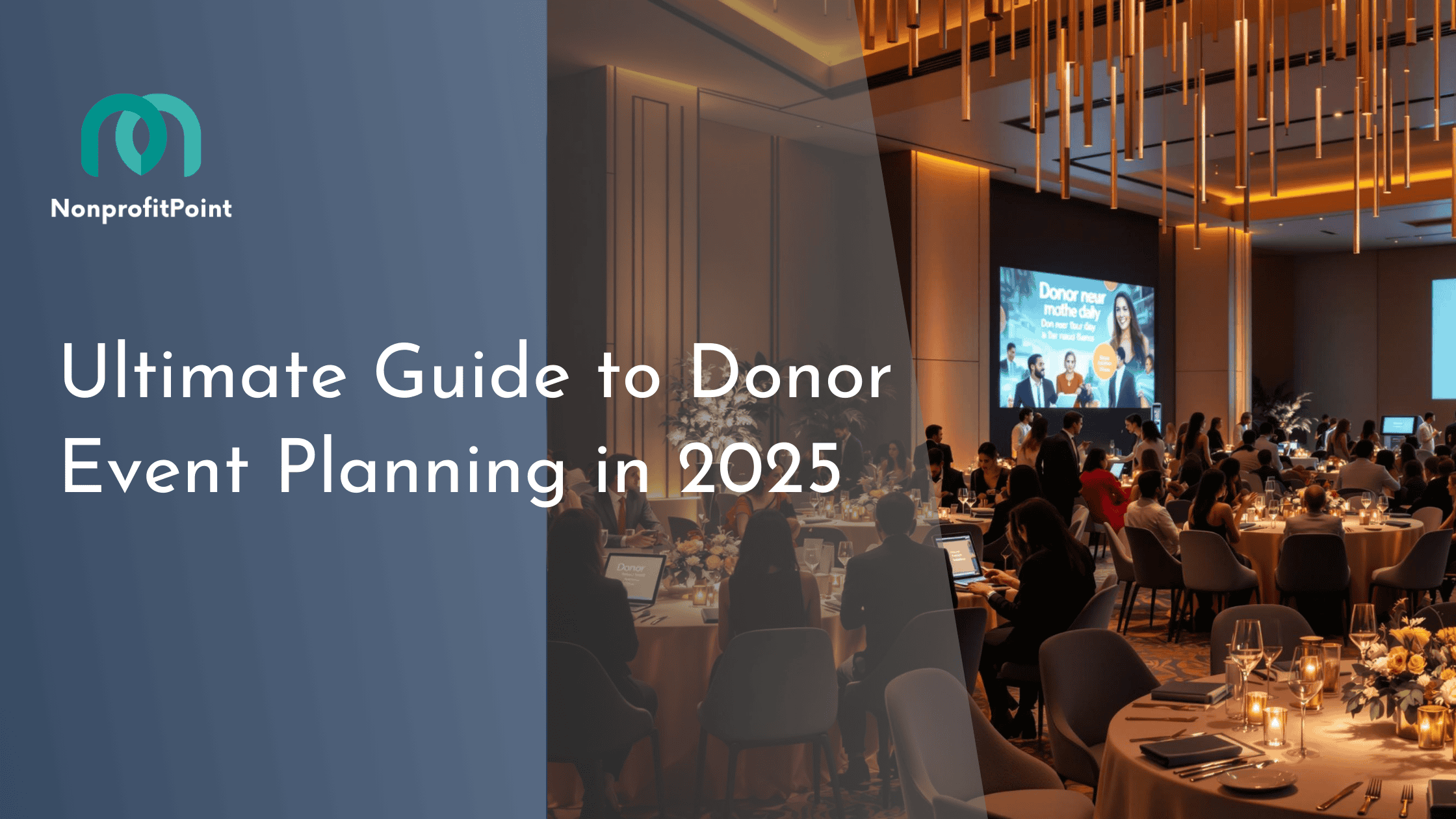
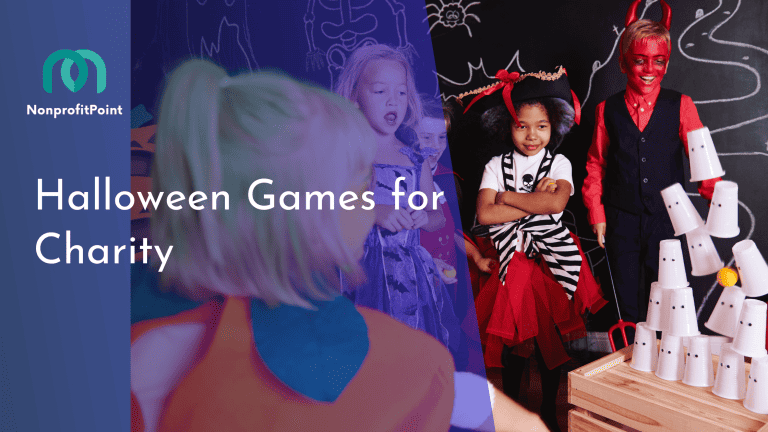
![How to Start a Cookie Dough Fundraiser in 11 Steps [In-depth Guide]](https://nonprofitpoint.com/wp-content/uploads/2023/02/How-to-start-a-cookie-dough-fundraiser-min-768x432.png)
